‘It creates mental horrors’ – why The Thing game remains so chilling
Wallpaper* speaks to two of the developers behind 2002’s cult classic The Thing video game, who hope the release of a remastered version can terrify a new generation of gamers

Whether it’s the toxic male paranoia; the disgusting body mutations; the complete destruction of the Hollywood cliché that a dog must operate as a friendly sidekick; or a grizzly, bearded, flamethrower-clutching Kurt Russell (who plays pilot RJ MacReady) protecting an Antarctic research facility from the attacks of a shapeshifting alien, John Carpenter’s 1982 film The Thing is probably the greatest sci-fi horror ever committed to celluloid.
The film features some truly horrific gore, but it really succeeds in building tension due to all of the things you don’t see. Carpenter creates a shivery suspicion that lurks like a fog throughout the film, and this makes the viewer genuinely question whether anyone can be relied upon… or if they might have ‘turned’ already.
It was faithfully replicating this malevolent air of distrust that made 2002’s video game adaptation of The Thing – which has a new next-gen re-release with updated visuals out today, 5 December 2024 – such a success with both critics and gamers (ultimately moving one million units worldwide). Even Carpenter has revealed he’s a fan of the game adaptation, considering it ‘canon’, while this new remastered version serves as a powerful reminder of the cult classic’s clever, nuanced design choices.
Operating as a direct sequel to Carpenter’s movie, the game (developed by Computer Artworks) follows Captain Blake’s brutish team of Special Forces operatives, who’ve been sent into chilly lodgings to pick up the pieces (quite literally) following some pretty bleak events for everyone in MacReady’s crew. The cocky Blake is confronted with something evil, while you also encounter an abandoned spaceship and desperate voice diaries left from the film’s characters.
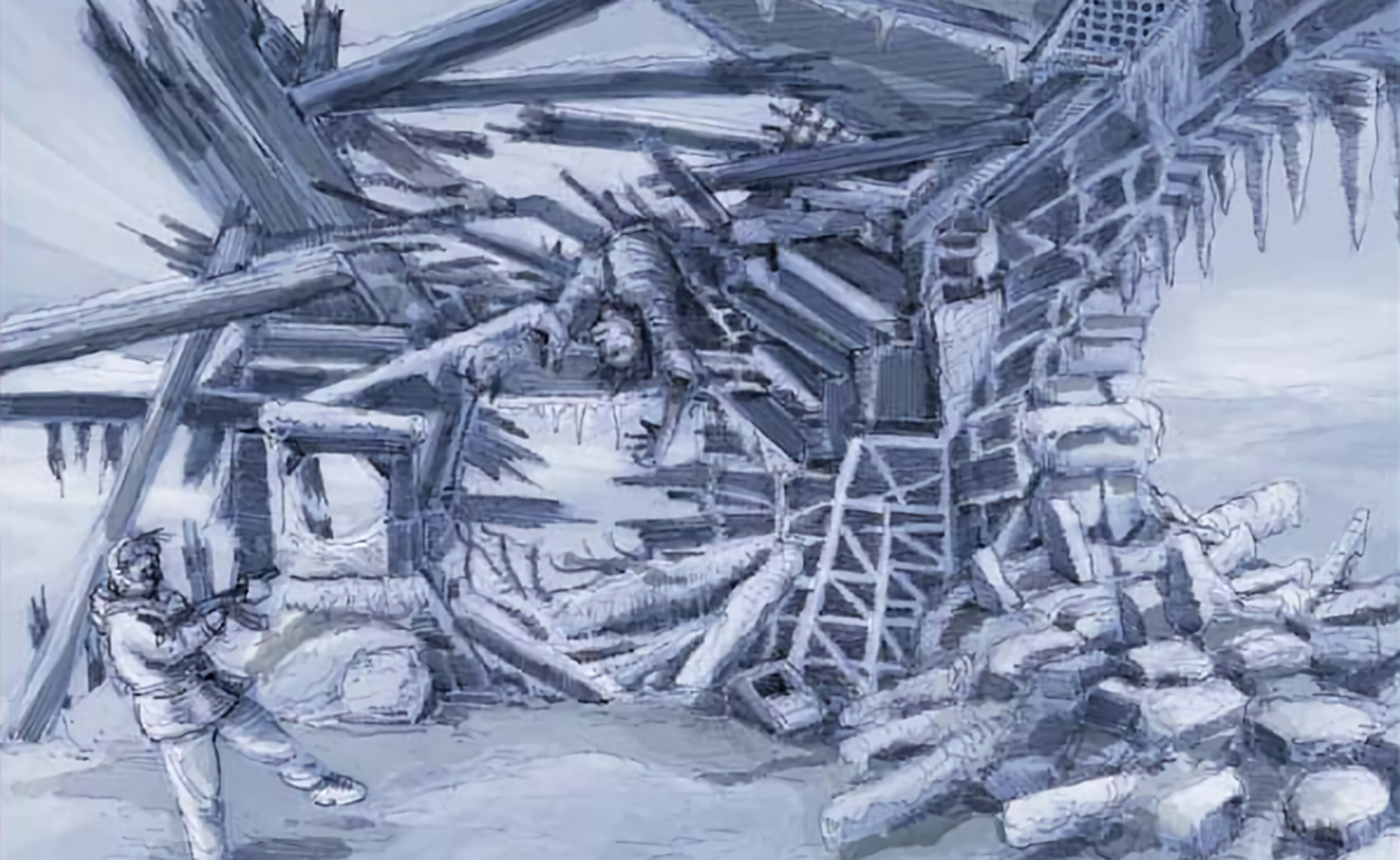
Despite the graphical limitations of the PlayStation 2 and Xbox-era technology, this game achieved its gloomy dread through combining icy blue textures with hellish black shadows, subsequently ensuring the player feels like they could be pounced on at any second. It’s a brutal environment: if you stay out of the warm for too long, your character’s health bar absolutely plummets. To quote MacReady, there’s a ‘first week of winter’ vibe to everything and you'll probably want to turn the central heating up while playing.
‘The Carpenter film used what is known in the art world as chiaroscuro, so a mix of light and dark, to create compelling compositions,’ Ron Ashtiani – an artist on the original 2002 game – tells Wallpaper. ’It was also used as a way to tell the story and show creatures at a time where CGI wasn’t possible.’
He explains further: ‘This worked to great effect, as it gave the viewer the seed of an idea and the rest of the horror took place in their imagination. The strongest fear is that which is in the mind and for our game we really built on this. We used light, shadow, and colour to create a sinister Antarctic environment. However, for the remastered game, we have been able to take this to another level with proper dynamic shadows and colour grading.’
Wallpaper* Newsletter
Receive our daily digest of inspiration, escapism and design stories from around the world direct to your inbox.
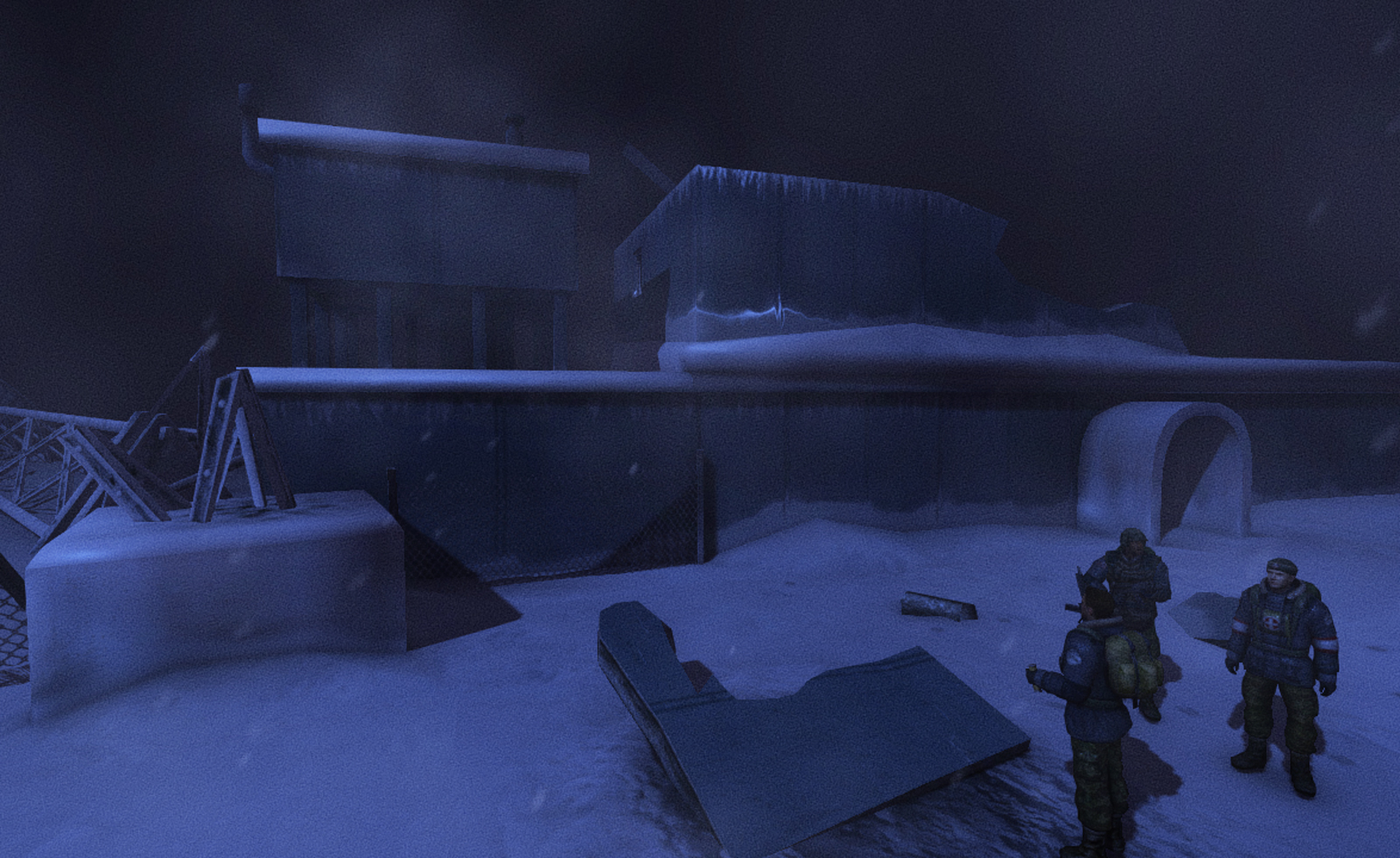
‘You are fighting alongside someone you have rescued, re-equipped and nurtured, then you hear some nasty noises, and he is now a headless beast spraying you with goop. Personally, I really like that aspect of the game!’
Mark Atkinson, advisor on the remastered The Thing game
Although the remastered game has less harsh difficulty spikes than the original, it leaves the squad-based gameplay system – where your fellow soldiers will doubt your intentions if you don’t give them enough ammo and even soil their pants if you put them into too many scary situations – largely intact. Ensuring squadmates trust you is still a core part of the overall game design, which makes their inevitable transformation into monsters a particularly gruelling thing to experience.
Unlike other horror games, where space marines or zombie-fighting cops are reduced to pure cannon fodder, you feel a genuine empathy for your teammates in The Thing. ‘The whole trust/fear system, and the lesser-known coercion mechanic for the NPCs towards the player, was directly inspired by the movie,’ says Mark Atkinson, the director behind the original The Thing game and also an adviser on studio Nightdive’s new remastered edition.
‘But it works both ways: you are fighting alongside someone you have rescued, re-equipped and nurtured, then you hear some nasty noises, and he is now a headless beast spraying you with goop. Personally, I really like that aspect of the game!’
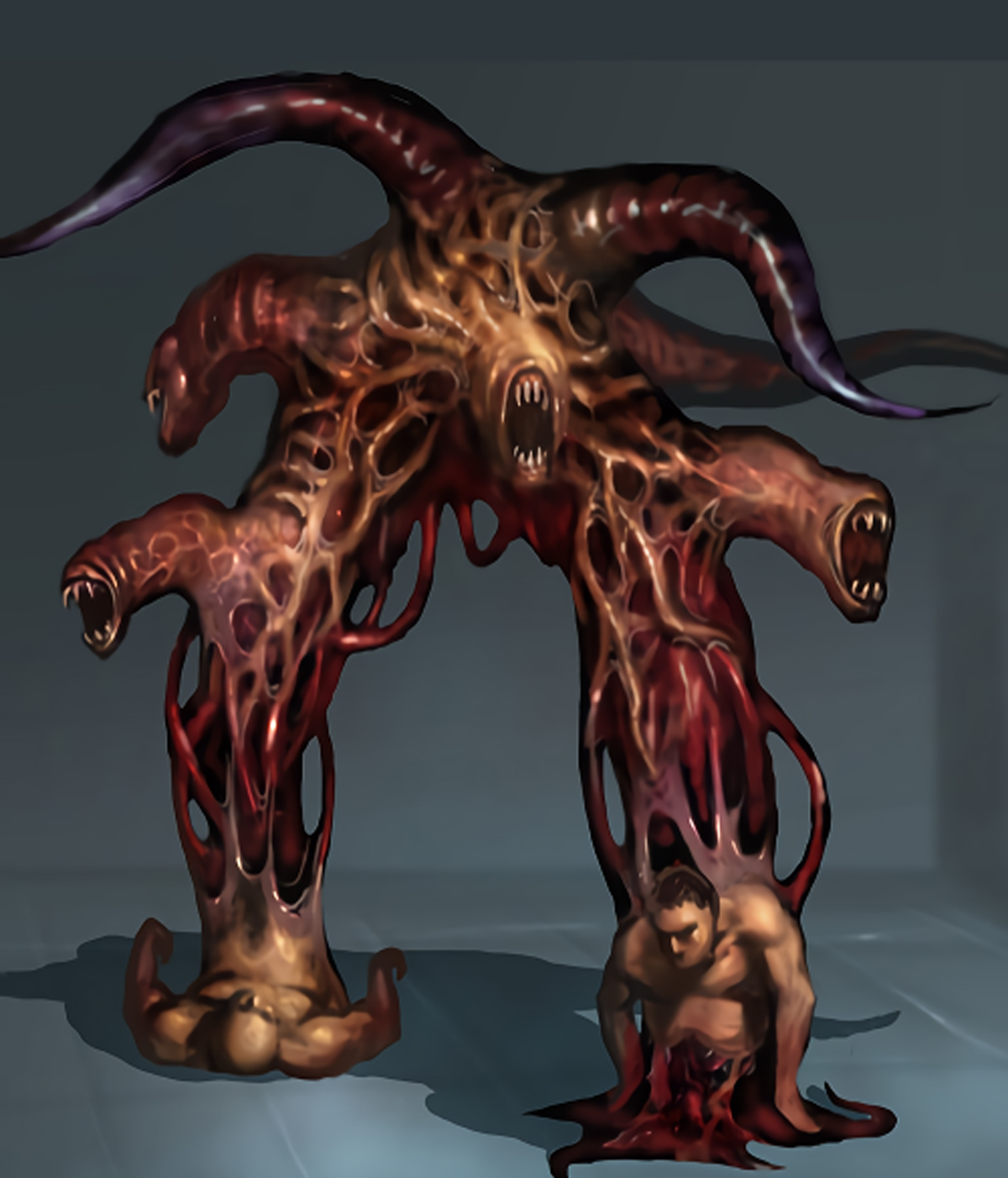
Another reason The Thing’s remastered edition should make an impact is due to its slow, carefully considered pacing. It doesn’t bombard you with jump scares and you don’t even start fighting anything sinister until the end of the second level. This means that when the big-headed alien creatures do eventually show up, they feel like a genuinely invasive force.
‘We tried to stay faithful to the pacing of the Carpenter movie in order to create that familiar vibe,’ explains Ashtiani, who believes this new release will captivate modern gamers and feel like a breath of fresh air, primarily because of how much more considered its plot development is compared to a lot of contemporary horror games. ‘Movies back in the 1980s used to build slowly, draw the viewer in, and focus on story over action.
‘We did the same thing, so you don’t actually shoot anything until the end of the second level! This builds fear and also helps with pacing. It’s better not to give away too much, too soon, as then the player becomes completely desensitised [to the horrors that unfold].’
Replaying my dusty old Xbox version, I find that a lot of the game’s narrative choices still feel bold in 2024. One key character chooses to end their own life rather than be infected, something Ashtiani believes might have been the ‘first time’ a video game character ever was the victim of an on-screen suicide.
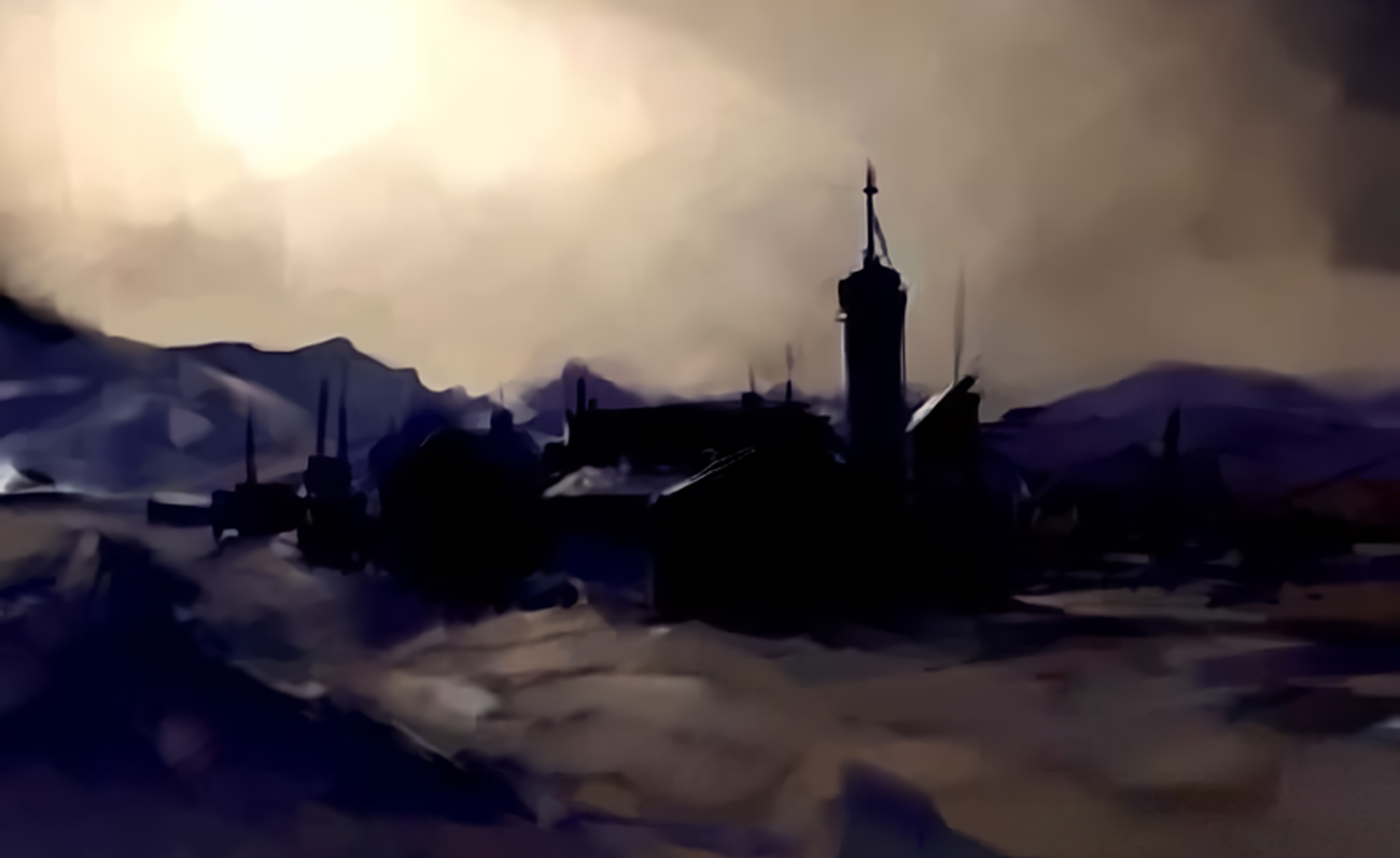
An appearance of MacReady, meanwhile, feels truly strange; it’s like someone’s replaced the plucky, charismatic personality of the original character with something more twisted and completely dead behind the eyes. For Atkinson, one of the game’s best moments is probably the most simple of tonal shifts.
‘I like it around level 4, when things have been fairly quiet and you suddenly find a ton of ammo. Just when you’re feeling good about yourself, you get absolutely mobbed by aliens,’ he beams. Atkinson’s hope is that the improved remastered version will find a big audience and this could result in a revival of The Thing as a franchise on next-gen consoles.
Ashtiani would also love to return for future The Thing games. He concludes: ‘It would be a dream come true to make new The Thing-related titles. One can only hope that the fans make enough noise with this remaster that it rekindles interest.’
The Thing is out now on Nintendo Switch, Xbox Series X, Playstation 5 and Windows.
Thomas Hobbs is a freelance journalist who writes about music, film, art, business, technology, gaming, photography and the internet. His work has appeared in publications including the BBC, Guardian, Pitchfork, Billboard to Telegraph, New Statesman, Wired, and Dazed. He's interviewed Nas, Usher, John Carpenter, Weyes Blood, Sharon Van Etten, Kamasi Washington, Madlib, and even the dude behind the creepy mask who played Michael Myers in the original Halloween.
-
 Put these emerging artists on your radar
Put these emerging artists on your radarThis crop of six new talents is poised to shake up the art world. Get to know them now
By Tianna Williams
-
 Dining at Pyrá feels like a Mediterranean kiss on both cheeks
Dining at Pyrá feels like a Mediterranean kiss on both cheeksDesigned by House of Dré, this Lonsdale Road addition dishes up an enticing fusion of Greek and Spanish cooking
By Sofia de la Cruz
-
 Creased, crumpled: S/S 2025 menswear is about clothes that have ‘lived a life’
Creased, crumpled: S/S 2025 menswear is about clothes that have ‘lived a life’The S/S 2025 menswear collections see designers embrace the creased and the crumpled, conjuring a mood of laidback languor that ran through the season – captured here by photographer Steve Harnacke and stylist Nicola Neri for Wallpaper*
By Jack Moss
-
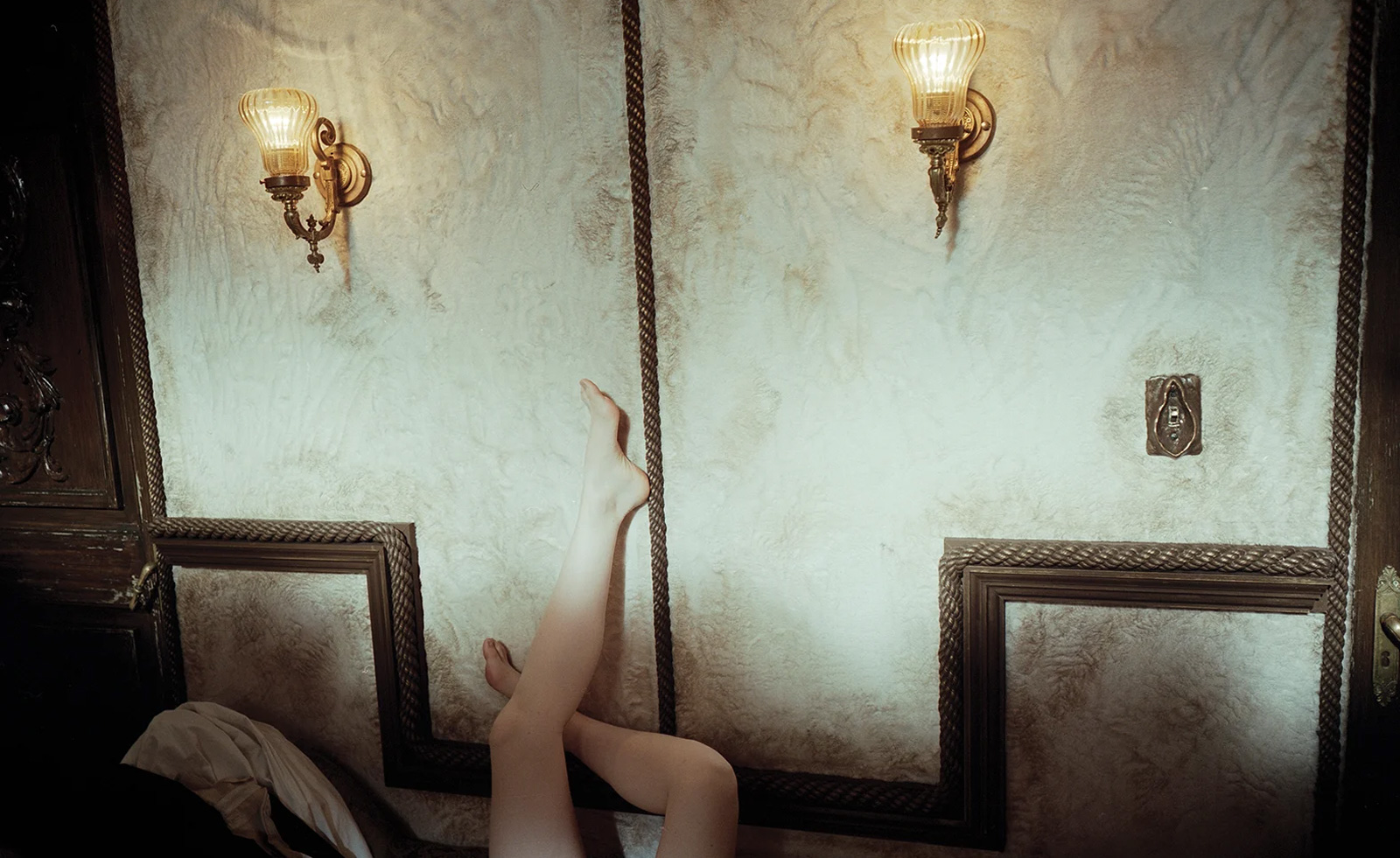 Unlike the gloriously grotesque imagery in his films, Yorgos Lanthimos’ photographs are quietly beautiful
Unlike the gloriously grotesque imagery in his films, Yorgos Lanthimos’ photographs are quietly beautifulAn exhibition at Webber Gallery in Los Angeles presents Yorgos Lanthimos’ photography
By Katie Tobin
-
 ‘Life is strange and life is funny’: a new film goes inside the world of Martin Parr
‘Life is strange and life is funny’: a new film goes inside the world of Martin Parr‘I Am Martin Parr’, directed by Lee Shulman, makes the much-loved photographer the subject
By Hannah Silver
-
 The Chemical Brothers’ Tom Rowlands on creating an electronic score for historical drama, Mussolini
The Chemical Brothers’ Tom Rowlands on creating an electronic score for historical drama, MussoliniTom Rowlands has composed ‘The Way Violence Should Be’ for Sky’s eight-part, Italian-language Mussolini: Son of the Century
By Craig McLean
-
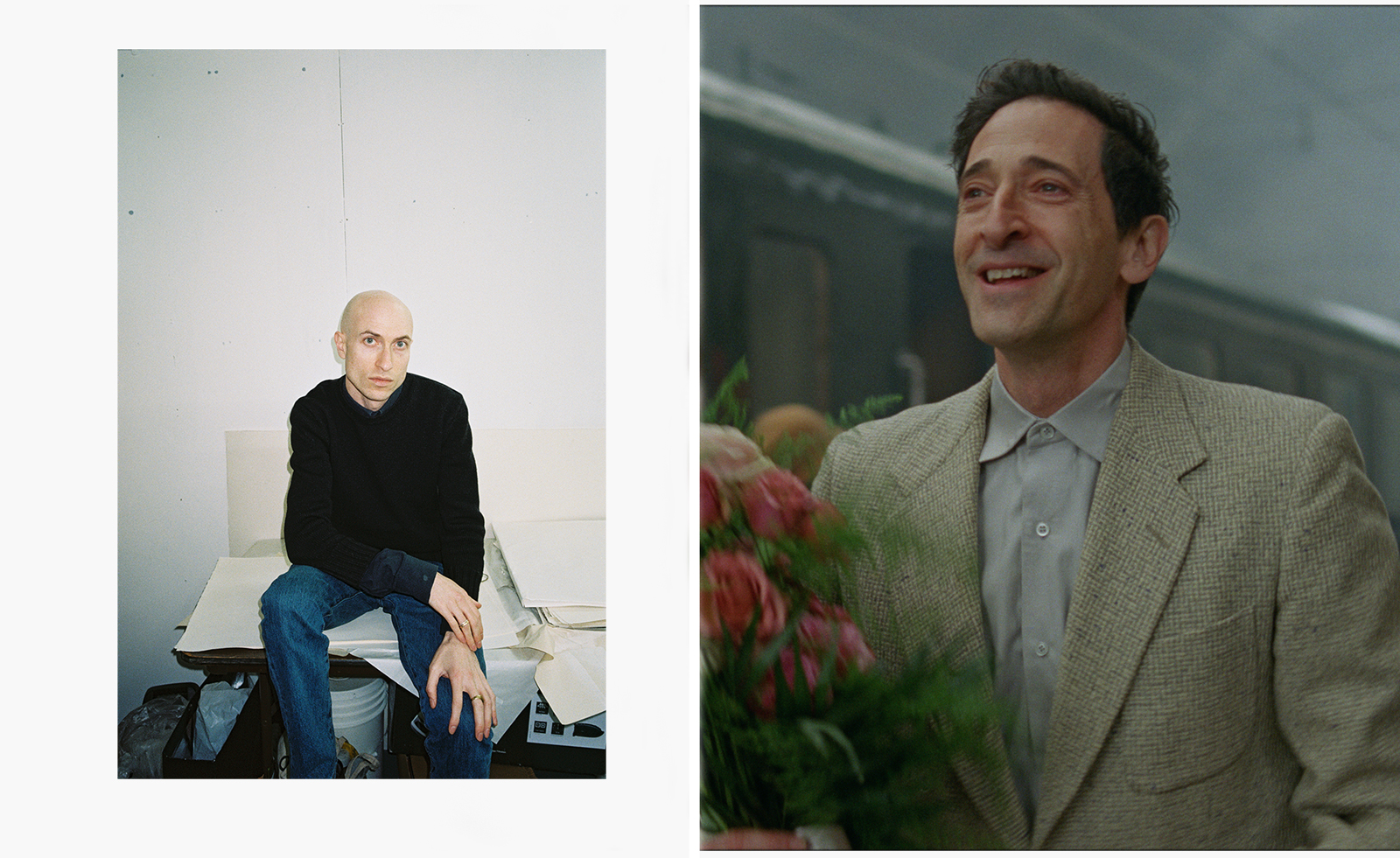 Meet Daniel Blumberg, the British indie rock veteran who created The Brutalist’s score
Meet Daniel Blumberg, the British indie rock veteran who created The Brutalist’s scoreOscar and BAFTA-winning Blumberg has created an epic score for Brady Corbet’s film The Brutalist.
By Craig McLean
-
 Remembering David Lynch (1946-2025), filmmaking master and creative dark horse
Remembering David Lynch (1946-2025), filmmaking master and creative dark horseDavid Lynch has died aged 78. Craig McLean pays tribute, recalling the cult filmmaker, his works, musings and myriad interests, from music-making to coffee entrepreneurship
By Craig McLean
-
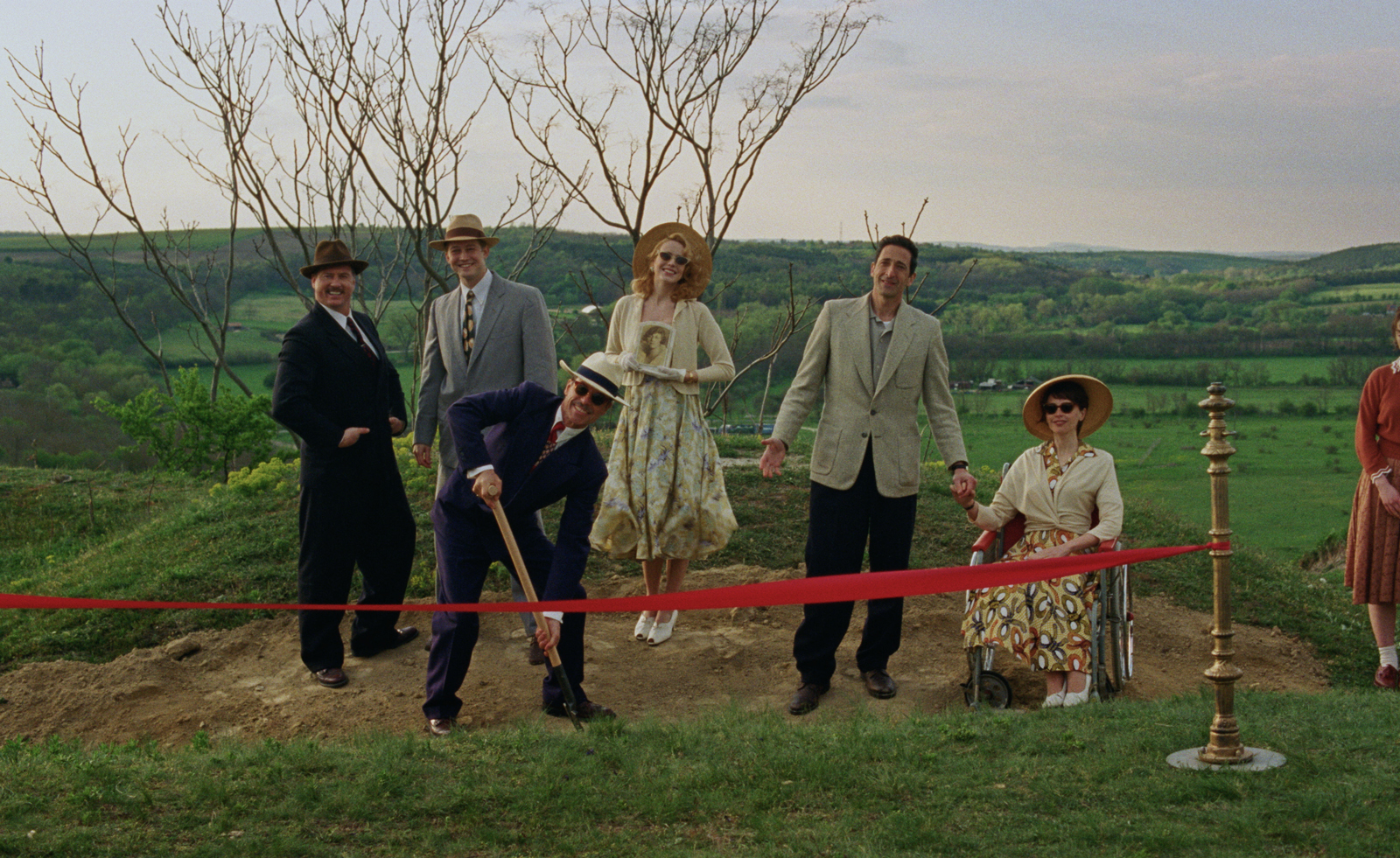 Architecture and the new world: The Brutalist reframes the American dream
Architecture and the new world: The Brutalist reframes the American dreamBrady Corbet’s third feature film, The Brutalist, demonstrates how violence is a building block for ideology
By Billie Walker
-
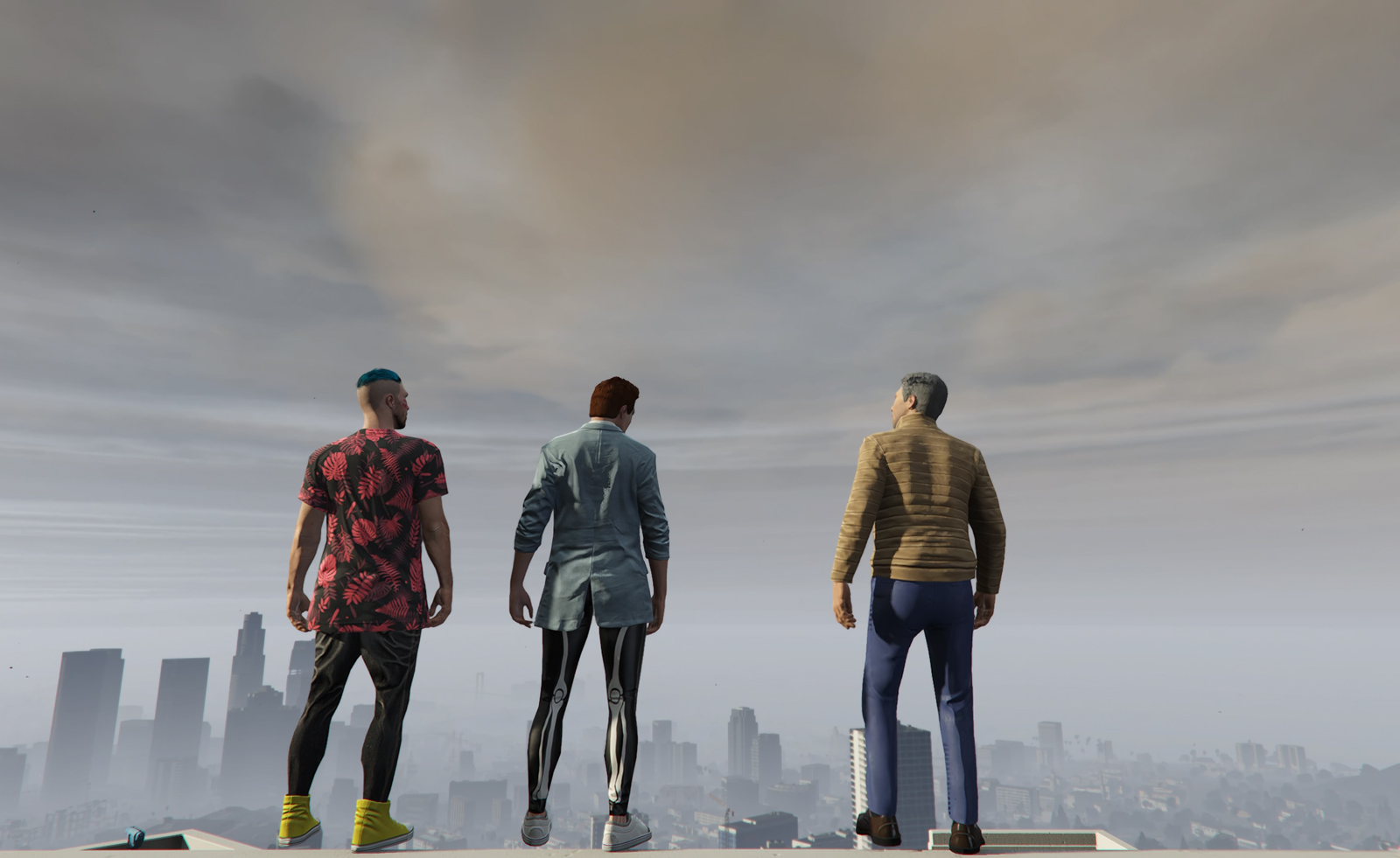 Is it really possible to stage a Shakespeare play inside the game Grand Theft Auto?
Is it really possible to stage a Shakespeare play inside the game Grand Theft Auto?Grand Theft Hamlet, a documentary debut written and directed by Pinny Grylls and Sam Crane, is about two out-of-work actors attempting to mount a full production of William Shakespeare’s Hamlet, inside the violent world of Grand Theft Auto, shot entirely in game
By Billie Walker
-
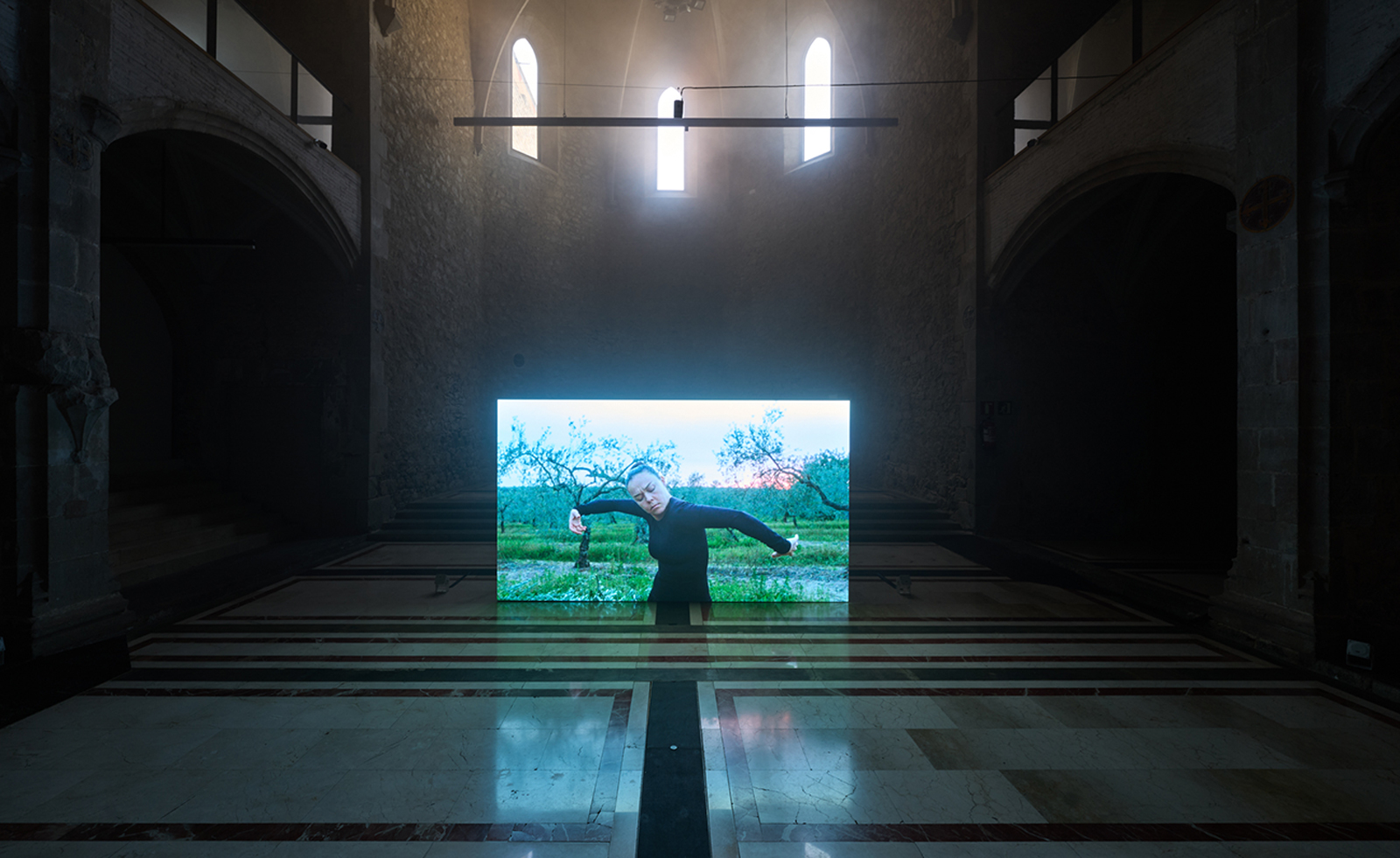 Wu Tsang reinterprets Carmen's story in Barcelona
Wu Tsang reinterprets Carmen's story in BarcelonaWu Tsang rethinks Carmen with an opera-theatre hybrid show and a film installation, recently premiered at MACBA in Barcelona (until 3 November)
By Emily Steer